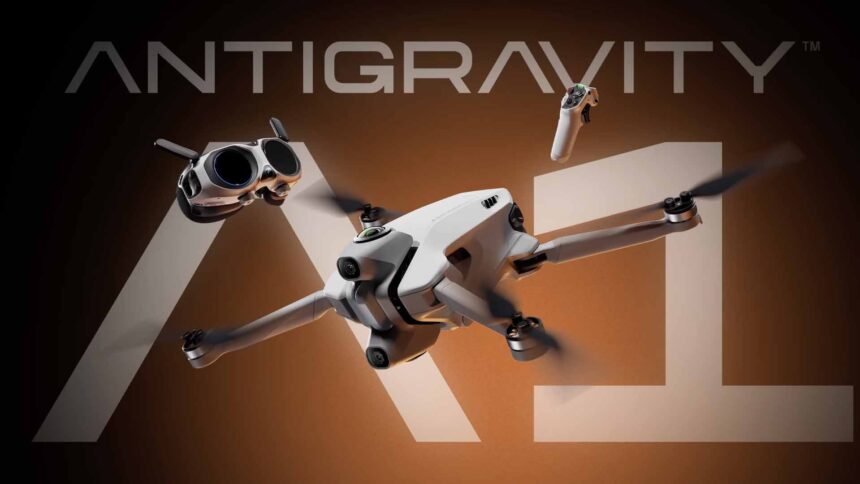Drone delivery service Wing is expanding operations to Ipswich, just west of Brisbane in Queensland. The service is supported by delivery partner, DoorDash, and commercial property group, Mirvac.
The new operation sees Wing establishing a hub for drone deliveries at Mirvac’s Orion Springfield Central shopping centre, allowing local restaurants and retailers using DoorDash’s service known as DoorDash Air, to deliver food and essentials across the region using Wing’s drones.
Wing has established a hub for drone deliveries at Mirvac’s Orion Springfield Central shopping centre. This area has been growing insanely fast over the last two decades. The new operations centre makes it possible for local restaurants and retailers using DoorDash’s platform and Wing’s delivery drones to provide food and essentials to the surrounding communities. This includes parts of Redbank Plains, Springfield Central, Springfield Lakes, Spring Mountain, Brookwater, Augustine Heights, Camira, Bellbird Park, White Rock, Springfield, Greenbank and Goodna. Merchants such as Sushi Hub will be available via DoorDash Air.

“We’re thrilled to officially launch in Ipswich and to team up with Mirvac and DoorDash to support consumers’ demand for faster, more convenient, and sustainable delivery choices. Businesses need to be able to offer a range of delivery options, with the most appropriate option selected depending on the weight and size of the package. On-demand drone delivery helps address the costly last-mile delivery challenge for lightweight goods. It reduces road congestion and emissions while creating new economic opportunities for retailers and communities,” said Simon Rossi, General Manager of Wing Australia.
“Ipswich is the state’s fastest-growing city and with our population forecast to grow to 453,875 by 2041, now is the time to harness new economic opportunities and attract investment into the region,” said Ipswich Mayor Teresa Harding. “Encouraging new services such as drone deliveries will contribute to the economic growth of Ipswich.”
Mirvac Retail’s General Manager, Kelly Miller, said, “At Mirvac, we are always looking at new ways to reimagine our retail spaces to create greater value for our partners and our communities. Working with Wing, we are transforming a section of the Orion Springfield Central carpark to bring new technology to the region, providing another point of connection between customer and retailer, and ultimately deliver a better shopping experience.”
While Wing has traditionally provided delivery services directly to residential and business customers, the company is now accelerating its partnerships with real estate and logistics businesses to expand delivery options, making fast drone delivery affordable and sustainable.
Wing plans to continue identifying retail properties and high-demand regions in urban areas where drone delivery can add customer value.




